How to Start a Web Design Side Hustle With $0
Learn how to grow your website side hustle from $0 - $5,000+ monthly income and turn it into a sustainable revenue-generating machine with $0. All from the comfort of your home and without quitting your day job (yet 😏).
I started rigorously learning to built websites when I was 18 (although I made a couple of passion projects beginning at 11). I started with no clients, not much cash, but a passion for technology and discipline to grind.
I went from $0 - $30,000/month in eight years. But if I were to start over today, I think I could do it in less than a year. The trickiest part of it is becoming proficient at all things web-related. Here, I will teach you how to start a web design side hustle and acquire clients. I can't teach you how to build amazing websites in one article but hang with me as I release content with tutorials and if you want to see something I haven't covered, reach out, and I'll try to make content about it.
The Techniques to Grow from $0 to $5k+
It took me over eight years because I blindly navigated the waters. But I did it with the following qualities:
- Motivation
- Dedication
- Discipline
- Passion
- Endless craving to learn more
- And a ROCK SOLID work ethic
Knowing what I do know, I can pretty much guarantee if you follow the guidelines I share with you, you'll get to $5k a month within a year (please reach out to me with your results, I'd love to hear from you).
The Challenges of Starting a Web Design Side Hustle
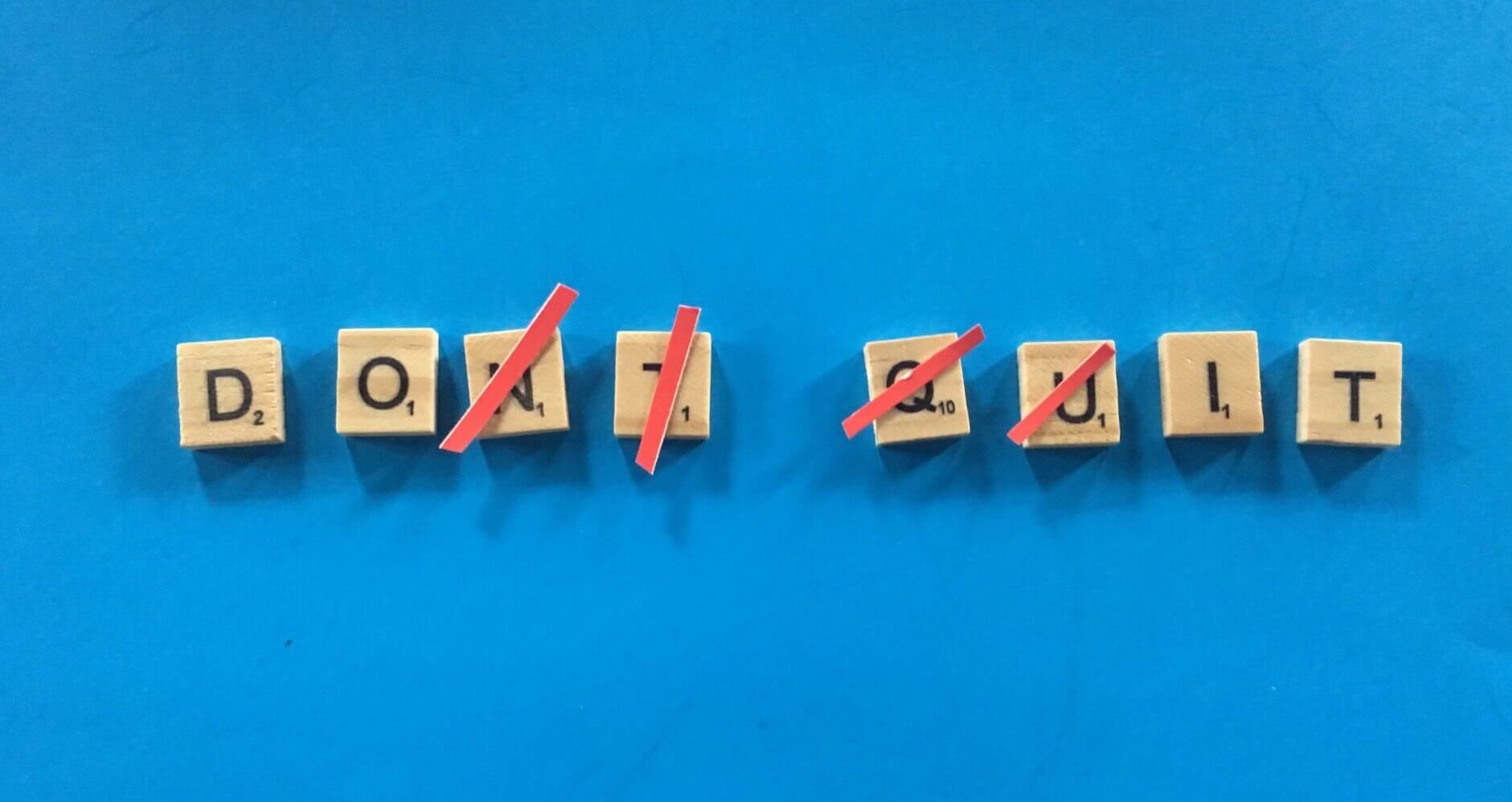
- Not knowing where to acquire clients
- Having little money to invest
- Working around your main job's schedule
- Not having a contract
- Not having an invoicing system
- Lack of direction in platforms to use
- Unsure how to onboard clients
- Unsure what's necessary to start vs. what's excess
It's a lot to figure out, especially if you have a day job. All good, though - let's dive into how to establish all of this.
Acquiring Clients for Your Web Design Side Hustle
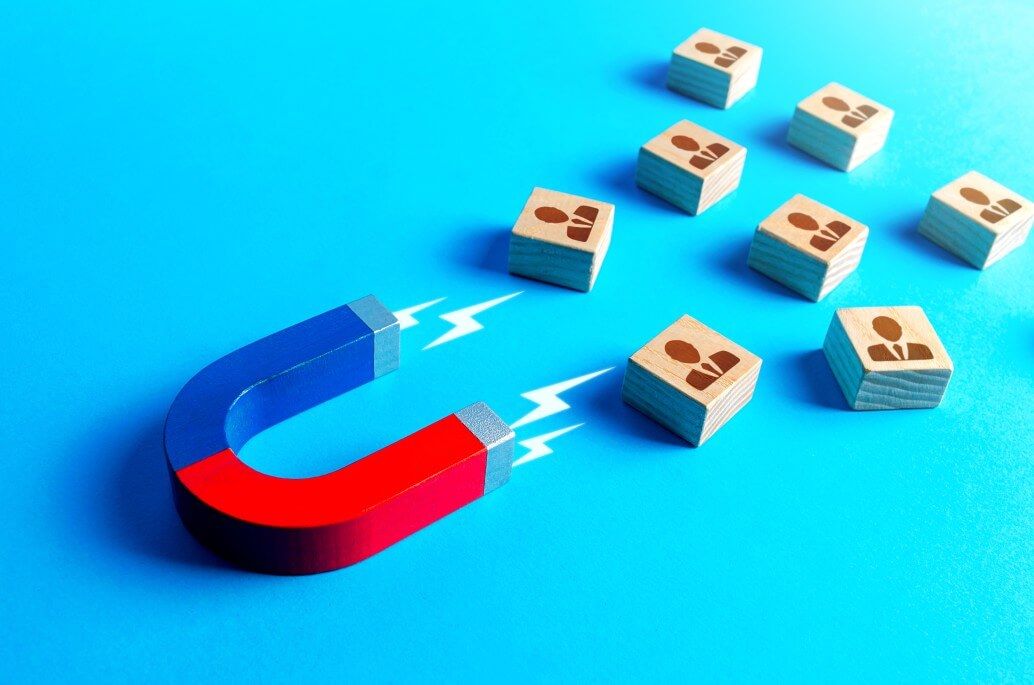
I'm a web designer, developer, and SEO, and the irony is that most of my clients are referrals. I help my clients get clients through SEO, yet the majority of my business comes from existing business.
This is actually good news for you. If I were to say you need SEO to get clients, then it would take over a year.
The good old catch-22.
How am I supposed to get clients from clients if I have no clients...
I have a solution for you, and this is what I would do if I were to start over.
Build a Website for Free
The small websites I build get done in around two weeks. That's not a lot of time to invest in starting your web design side hustle.
I would come up with a list of companies I'd want to approach needing a small website.
There are two primary criteria for finding a business:
- They have no website or an outdated website
- They have an established business with customers/clients (bigger companies are better)
First, the primary goal is to establish your referral network. If you knock it out of the park with them, you'll likely get a referral. The absolute majority of my clients have lead to additional and larger projects from their partners and network.
Also, make sure it's a business you like. You wanting to work with that business over others will show when you talk with them.
A friend that wants to start a business is less of a target because they probably don't have a network. However, this does get you a project in your portfolio, so I don't want to rule it out completely.
Once you have a list, reach out to one and be very honest (honesty goes a long way).
Approach them with an offer that they can't refuse. Tell them your position of starting a web design side business and looking to build a client base. You're going to offer them a free website, and if they're not satisfied with it, there's no obligation for them.
If they do like it, you'll be able to put your name on the bottom of their website, and they'll keep you in mind if any of their clients need a website.
I haven't done this before, but I assume they will jump on it if you present yourself well. Keep trying until somebody agrees. You will find somebody who is in love with your proposal.
Speaking of proposals...
Get Your Business "Ready"
One of my biggest tips to you is to not go overboard in "starting your business". I know of wayyyy too many people who overspend on creating what they think is necessary. Paying a lot for logos, graphics, websites, press, and the list goes on.
I know very successful people who sell websites that don't even have a website. It's possible.
If you love building websites and want to practice a bit, you can work on your own. You don't need a website, though. If anything, I'd recommend starting a one-page website that's very basic.
You definitely don't need a logo. If you're creative, then make one but don't spend a dime on one.
What you need is a process for onboarding a client. You want to appear organized and that you know what you're doing.
Things you need to get in order:
- A proposal
- A contract
- A website builder
- An invoicing system
You don't need a:
- Website
- Logo
- Blog
- Branded email
It wouldn't hurt to create a website (free), a logo (free), a blog (free), and a branded email (money). The first three will take time, which means you won't start your web design side hustle today. The third is seriously optional. This guide is based on starting your web design side hustle with zero dollars, and that last one would break that rule.
Start small, then grow.
Pitching Clients
Not every sales process will go down the same way. If the lead wants to work with you and is ready to start, don't bother with pitching them - that's a step backward.
On the other hand, you may need to present what you'll do for the client before determining they want to work with you.
It would be helpful to grab a sales book or course to learn. The basics of sales are you need to present the features and benefits, and as the perceived value goes up, the perceived price goes down.
So in our case, a feature is that you'll create and maintain the SSL cert. Often, the consumer won't understand how the feature benefits them, and that's why we relate the feature to a benefit. In this case, "so your visitors can securely browse your website and Google will give you a boost in search engine rankings".
The more benefits they see, the less the cost will appear. They'll think, "wow, that's a lot of valuable stuff I'm getting!".
So back to the presentation, create either a slideshow or a document covering the various things you have to offer. Include the following:
- A cover page with your name, the client's name, and a one-liner of the proposed services (e.g., Website Redesign)
- An overview page with an intro/summary of what's going to get done. This needs to be a powerful paragraph of you understanding their problems and offering the right solution.
- Page(s) for deliverables where you outline everything that will get done. I use an organized bullet list and start most bullets with a verb.
- Build a new website
- Generate SSL certificate (https)
- Host the website
- List everything you do that provides value
- The project timeline
- Pricing (optionally with line items)
- Recent work (if you have enough to list, otherwise exclude it)
- Testimonials (if you have them)
- A closing page where you list your logo/company, and your information, including your name, position, phone, email, LinkedIn, and any relevant links
You will hear mixed thoughts on whether you should present it in person or email it to them. If it's a slideshow, I'd present it in person. I now use a document and sometimes present it over a screen share while other times emailing it to them. The benefit of presenting it is to explain things and hype them up.
The proposal is not what they sign (although in the past I have included terms and conditions with a signature line).
Agreement / Contract
Once the client likes the proposal and wants to move forward, it's time to send them the agreement.
While not required, I find it eases everyone's concerns if some light terms surround the business deal.
Want to Earn Money? Have an Invoicing System
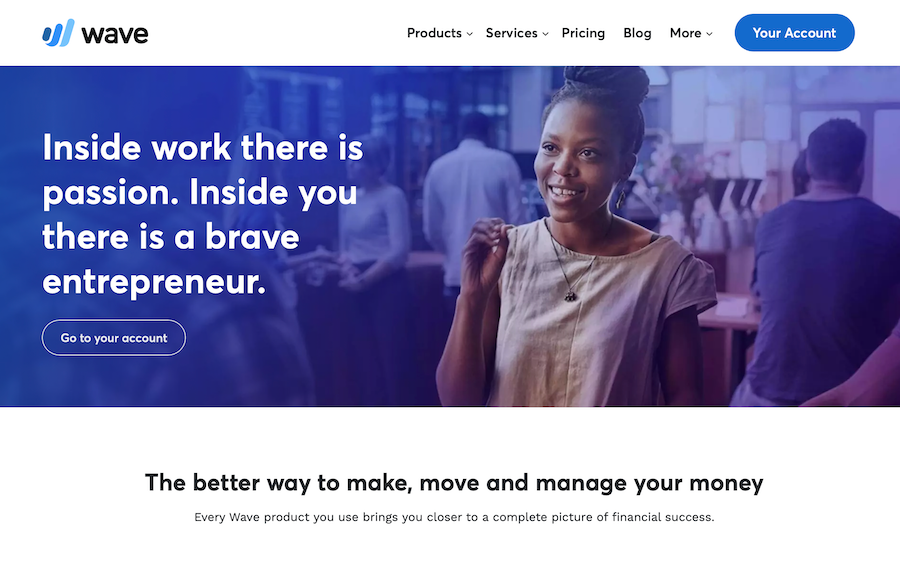
Once you both sign the contract, it's time to send them the first invoice. You can choose to modify how you want to bill the client, but I charge 50% upfront and 50% upon completion on small projects. This gives you money to start going and reduces your risk, and the second half ensures the client is satisfied and not paying until the website is ready to launch.
You'll want to ensure the invoicing system supports recurring billing so you can charge for hosting without having to think about it.
Wave is a good platform for small businesses. It handles invoicing, recurring billing, and accounting with a very easy-to-use interface.
Onboarding Clients
Your goal when onboarding clients is to understand everything you need to be successful at building the website.
When I start a small project, I go through a checklist to ask my client. Ensure to obtain the following:
- Logos (source files if possible such as .eps or .ai)
- Color codes
- Font families
To get my full questionnaire, please reach out to me.
Once you have all the information you need to build, let's dive into the best website builder to start your web design business!
Get Started on Duda
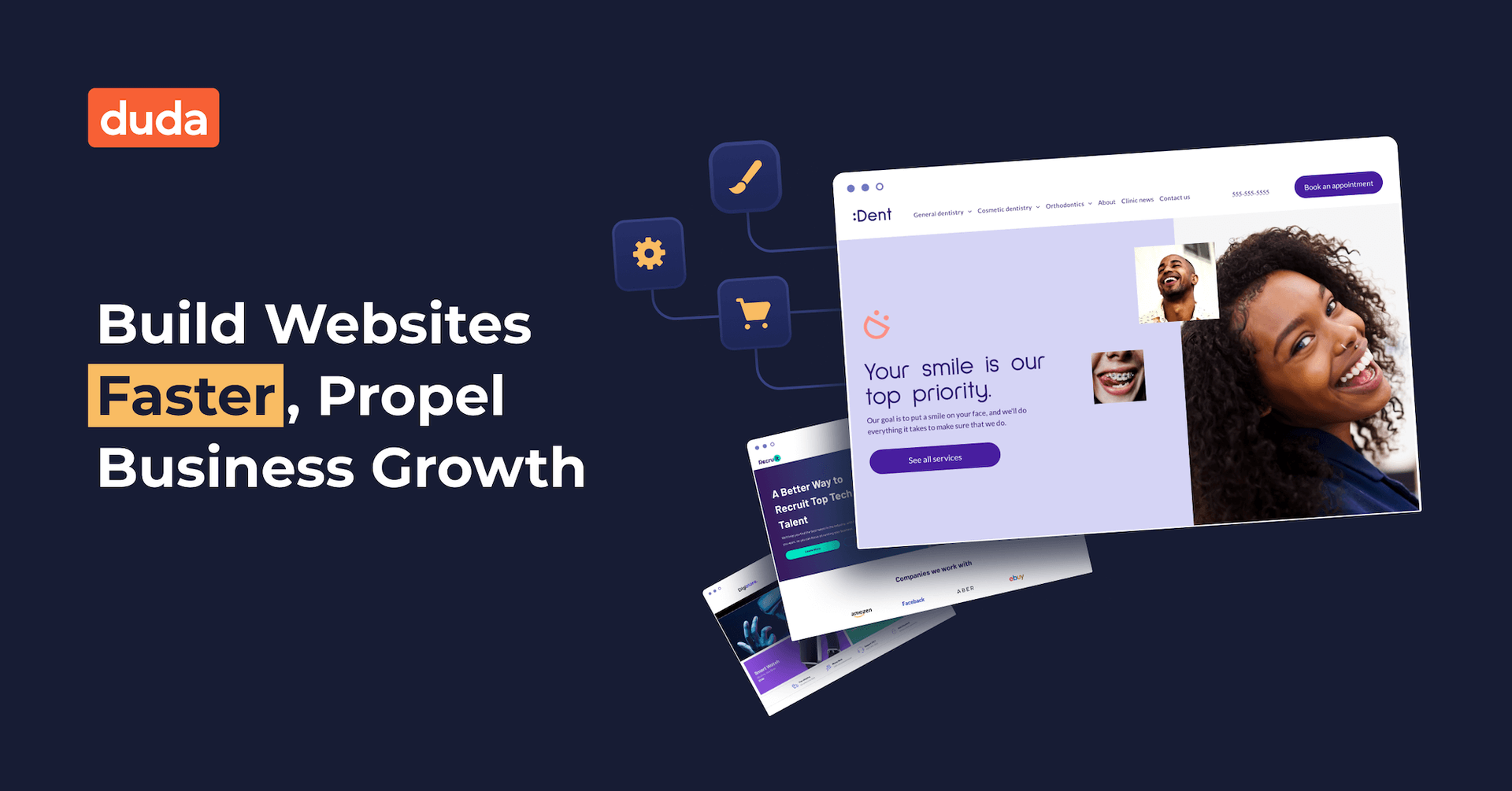
Duda is a platform for beginners to professionals. I am a pro and this is my platform of choice for the majority of projects, but I also work with beginners, and they love it too.
It's easy to use yet very capable, built for agencies, inexpensive, and does a lot of the heavy lifting for us. In fact, you can start building a website on it and not pay until you host it, which at most costs $19/month.
I'm on the agency tier and pay $11/month or $100/year, but if you have less than four websites, start small and go for the first tier. The higher tiers offer more beyond reduced costs, but you probably won't need the additional features for your first several websites.
Start small. Many people are going to give up and waste their money on extra stuff that's not the bare necessities when starting their web design side hustle.
Duda does not have an invoicing system built-in. You can add one credit card to the platform, and that's that. So you will have to also invoice for hosting. When you buy hosting from Duda on the higher tiers, you are essentially buying it at wholesale, so you can sell it at retail price.
Create a Full Solution
You're not expected to be a professional at everything. I am top tier when it comes to web design and development but bottom tier in graphic design.
To improve your service offerings, check out Fiverr. It's a massive global network of freelancers and small studios that offer insanely diverse services. You can get high-quality work for cheap and compare many sellers.
Forming an LLC
The main purpose of accounting is for doing your business taxes. When you're doing business under an official business registered with the state, you only pay taxes on your profit. If you don't have a business, then you pay taxes on your revenue.
Example without business: You make $5,000 but spend $1,000. You pay taxes on $5,000.
Example with business: You make $5,000 but spend $1,000. You pay taxes on $4,000.
The other benefit of creating a legal business entity is protection against your personal assets. If your business is sued, then your personal assets are not fair game.
Creating a business entity in each state differs, so I can't tell you how much it would cost, but it's usually around $100.
It's not necessary to get started, especially if you want to start with zero dollars.
Note, please do your own research on any legal and tax advice - I'm just a web pro ;)
Please Succeed.
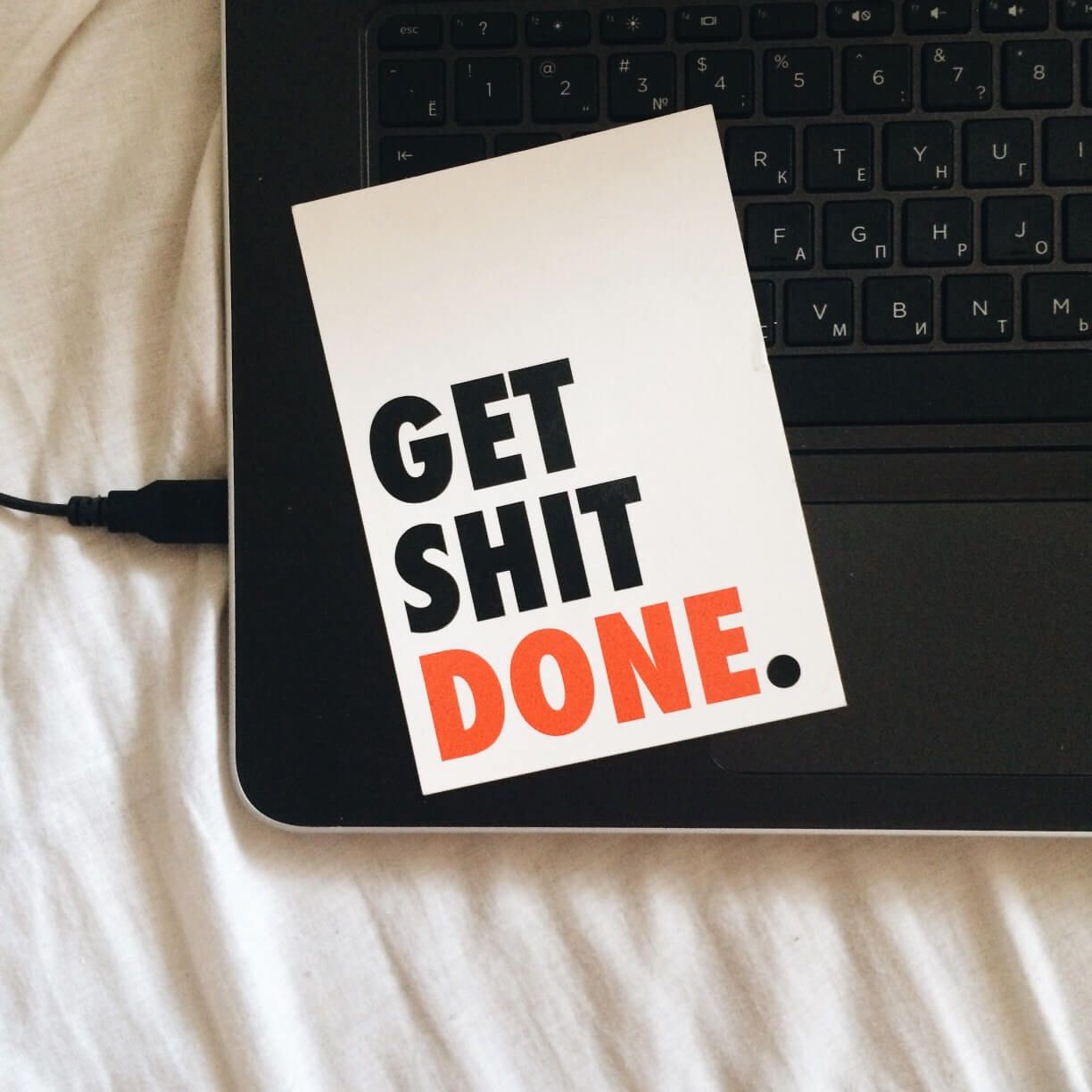
Give it your all and turn your web design side hustle into your main hustle. If you're like me, once you do that, you'll want another side hustle - which is why I'm writing this article and creating YouTube videos.
Please reach out to me if you need help with anything. I'll do my best to respond.
Good luck out there, fam!